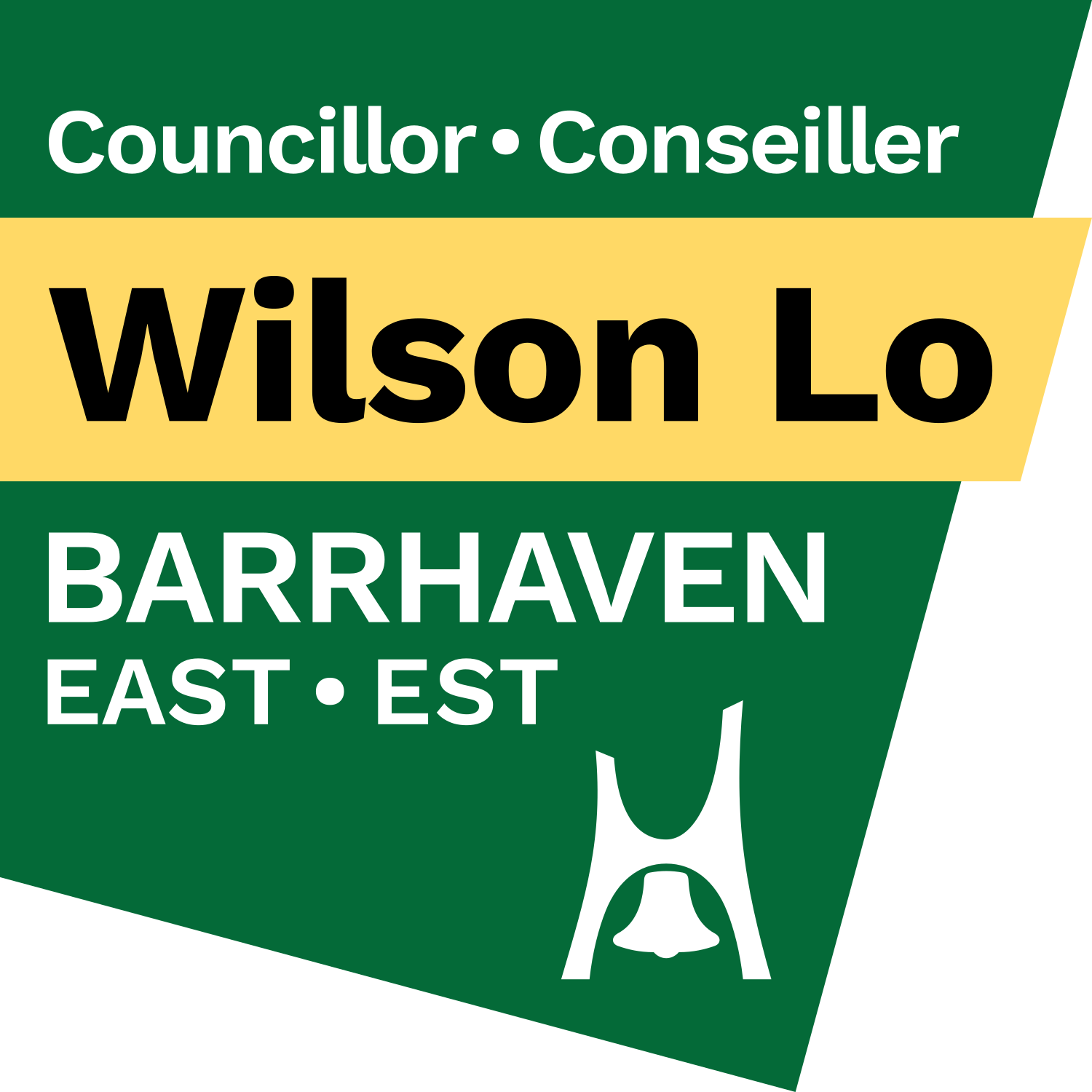Weekly newsletter: June 13, 2023
I think I’ve hashed out my view on the garbage discussion enough. Let’s change gears a bit this week.
Parsnip. Delicious root vegetable or dangerous invasive species? The answer is yes to both.
Each spring, the City of Ottawa begins its annual effort to address the species with the goal of reducing its pervasiveness in highly infested areas to protect environmentally sensitive areas and public safety.
Wild parsnip (Pastinaca sativa), also known as poison parsnip, is an invasive species common in the city’s uncultivated lands, roadside ditches, nature trails, as well as some residential properties and parks.
The plant’s sap contains chemicals that may cause skin and eye irritation and make skin prone to burning and blistering when exposed to the sun. Blisters typically occur a day or two after contact with the plant and can result in long-term scarring.
As an invasive species, wild parsnip outcompetes native species by forming dense stands, effectively “crowding out” local biodiversity. The plant is also known to reduce the quality of agricultural forage products and reduce weight gain in livestock that eat it.
Wild parsnip can be identified by its features:
Up to 1.5 metres tall
Single green stem, two to five centimetres thick, smooth with few hairs
Sharply toothed pairs of leaflets shaped like mittens
Yellow-green flowers in umbrella-shaped clusters up to 20 centimetres across
Flat, round, brown seeds later in the year—these seeds can lie dormant for years, adding challenges to bring the plant under control
The best way to avoid contact with wild parsnip is to become familiar with what the plant looks like. It’s also recommended residents stay in groomed areas of parks, trails, and roadsides. Please note as with many plants, there are several wild parsnip look-alikes.
If you are exposed to the plant sap, thoroughly wash the affected area with soap and water and seek medical attention if irritation occurs. Caution signs will be/have been installed in areas known for high infestation rates and have also been distributed to school boards and other local partners.
The 2023 wild parsnip strategy has been budgeted 298,000$. The strategy allows staff to map and remap infestation areas and levels and prepare communications materials with Councillors and residents.
Crews will also continue their application of select herbicides to highly infested areas and will mow select areas after peak blooming but before the seeds start setting.
The two herbicides used are Navius FLEX (PCP #30922) and Clearview (PCP #29752). A binding agent, to help the herbicide stick the plant is also used, called Gateway Adjuvant (PCP #31470). PCP stands for Pest Control Product and is a registration number regulated by Health Canada.
Herbicide use in Ontario is governed by the Pesticide Act. Although many herbicides are banned, those that target plants dangerous to humans, like wild parsnip, are permitted. I also have the material safety data sheets for the herbicides if requested by residents.
Herbicide application began on May 29, 2023 with roadside spraying. In our ward, two locations require roadside spraying — Fallowfield north side between Woodroffe and the railway, and Prince of Wales between the Jock River and Fallowfield.
The remainder of the herbicide application is mostly at parks and greenspaces, which began last Thursday. In Barrhaven East, the following areas will have herbicides applied to areas with wild parsnip infestations:
Barcham Park
Chapman Mills east and west woodlots
Chapman Mills Park
Furness Park
Grovehurst Park
Highbury Woods
Jock River Landing
Ken Ross Park
Pathway between 32 and 36 Edgeware Drive
Stormwater pond south of Paul Metivier between Longfields and Bren-Maur
Stormwater pond southwest of Prince of Wales/Waterbridge
Utman Park
Water Dragon Park
Residents with adjacent properties who wish to opt out may do so by filling out a request online (one per property).
Please report wild parsnip, poison ivy, and hogweed by calling 3-1-1, emailing 311@ottawa.ca, or filling out a webform. Residents who would like an informational postcard and fact sheet may request one via adopt@ottawa.ca.



